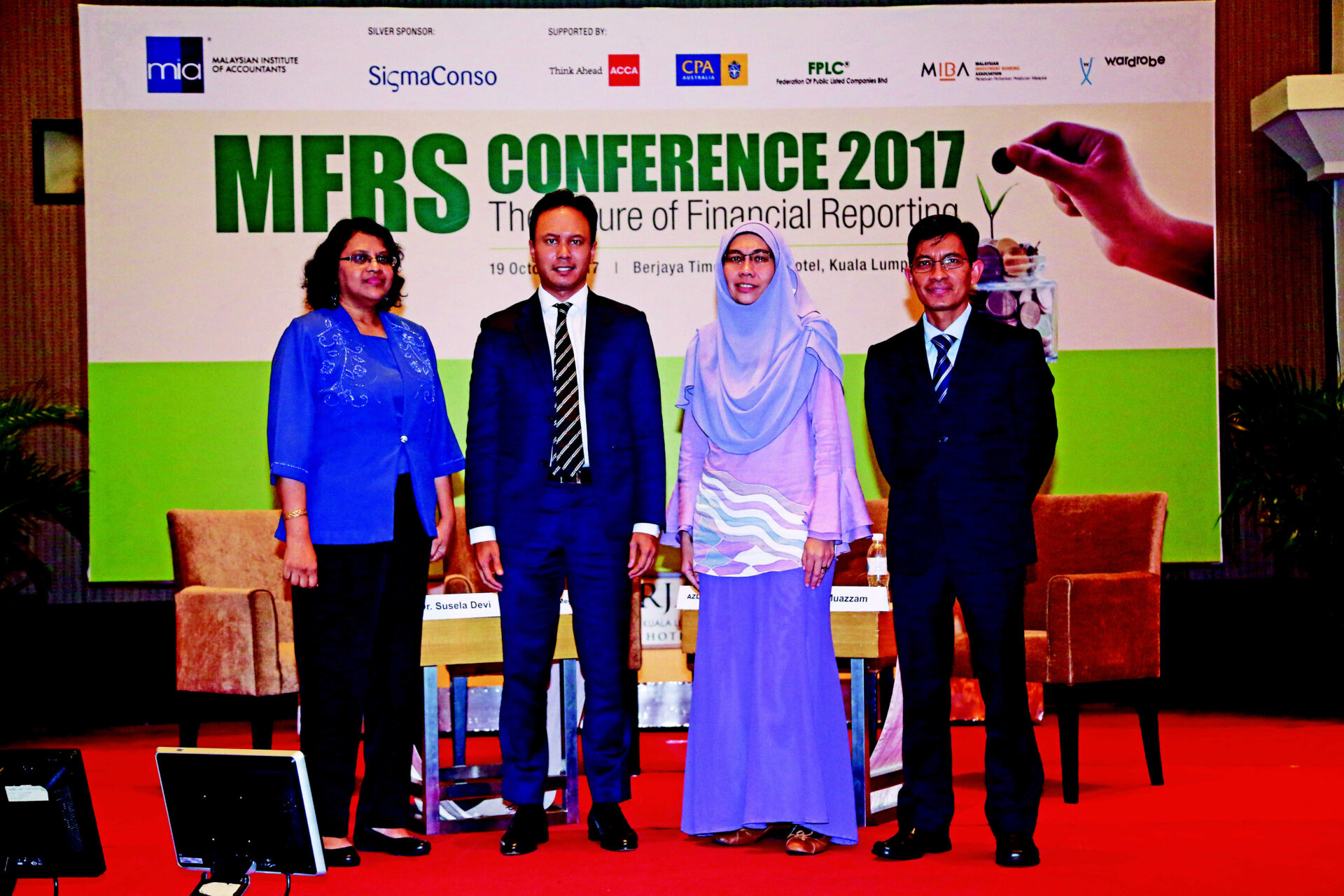By Nazatul Izma
Over the next few years, the landscape of financial reporting will be changing indelibly as new and revised standards are rolled out to paint a more accurate portrait of business entities and activities that are becoming increasingly complex, especially in the digital economy. Specifically, these financial reporting standards are MFRS 9 Financial Instruments (effective 1 January 2018), MFRS 15 Revenue from Contracts with Customers (effective 1 January 2018), and MFRS 16 Leases (to take effect 1 January 2019).
To ensure that our members are kept up-to-date, MIA will continue to organise more pertinent MFRS events. Recently, we received overwhelming response to our second MIA MFRS Conference 2017, with the theme of the “Future of Financial Reporting”. This conference showcased the latest developments in financial reporting standards, and how these will affect processes, systems and business across a wide spectrum of industries. For the benefit of those who were unable to make it, our cover stories in this issue focus specifically on the interpretation, implementation and impacts of these three key financial reporting standards.
Looking at the content broadly, there are some obvious takeaways for successful implementation of these standards. One, focus on the organisation’s core businesses and ensure that the systems and processes are in place and updated in line with the standards. Two, educate all parties across the organisation, not just finance, to get their commitment to this business transformation. Upskill everybody appropriately. Three, engage the IT division as early as possible to thrash out the systemic requirements. Four, use the standards as tools to review and realign the organisation’s business models, strategies and risk management for better performance and reduced risk.
Don’t Just Focus on Compliance
For the standards to be useful and relevant, accountants must improve their financial reporting communications. Many users have given feedback that MFRS are frustratingly complex. The onus is on us to provide clear, useful and actionable financial information to support informed decision-making. Ditch the jargon. Keep it simple. Make sure that when stakeholders read our financial reports, they understand the business model, strategy, operations and outcomes of the reporting entity. In the long run, better-quality disclosure begets improved decision-making, and increases investor confidence and market competitiveness and stability. This is the future of financial reporting that MIA envisions.







